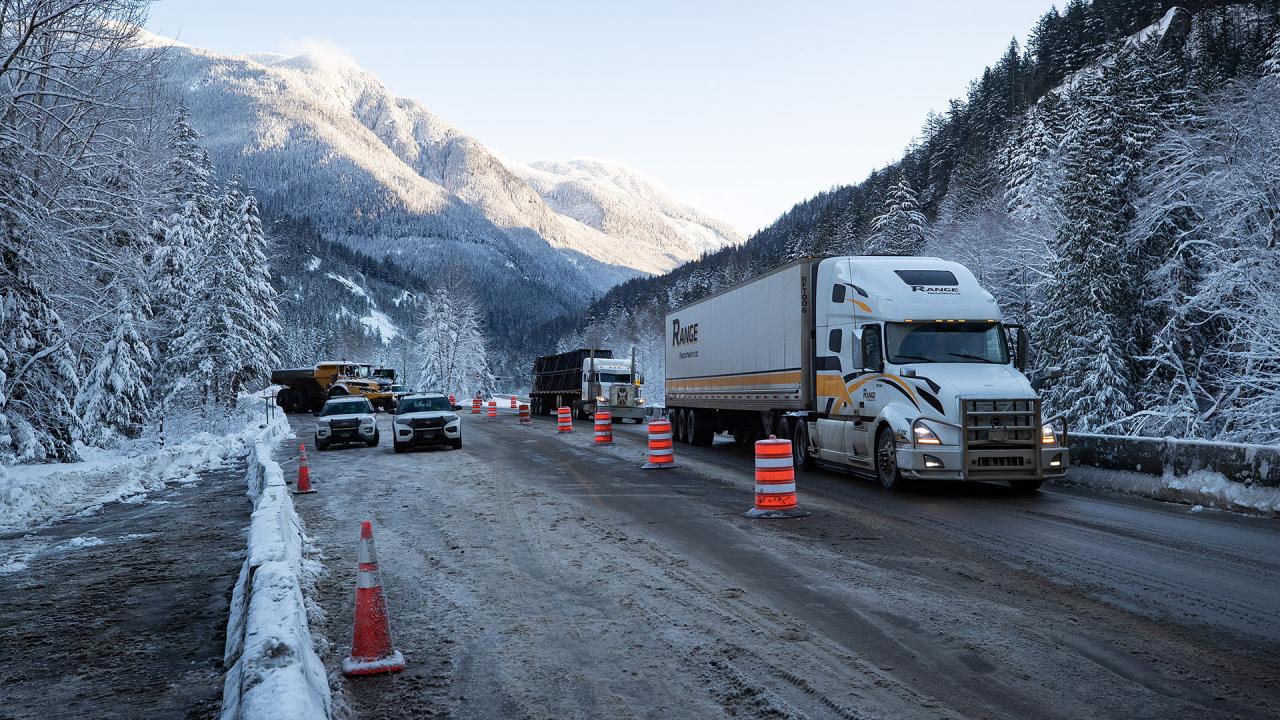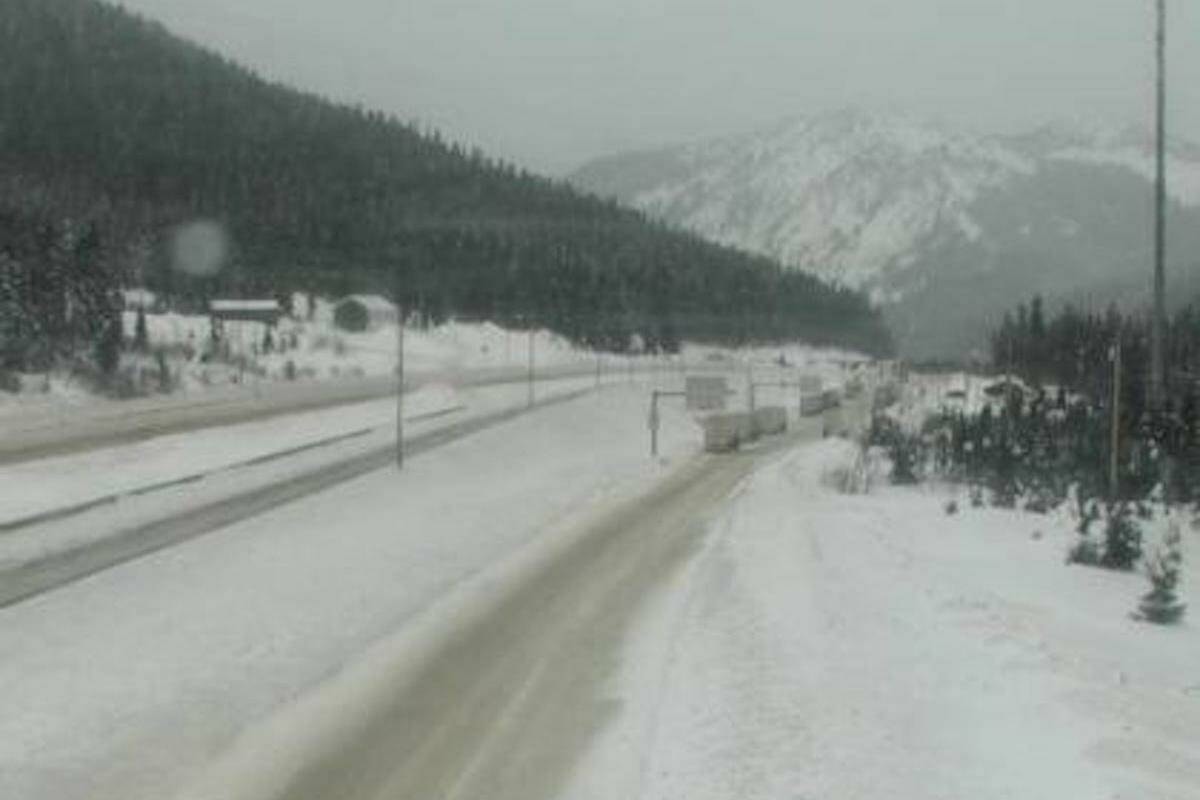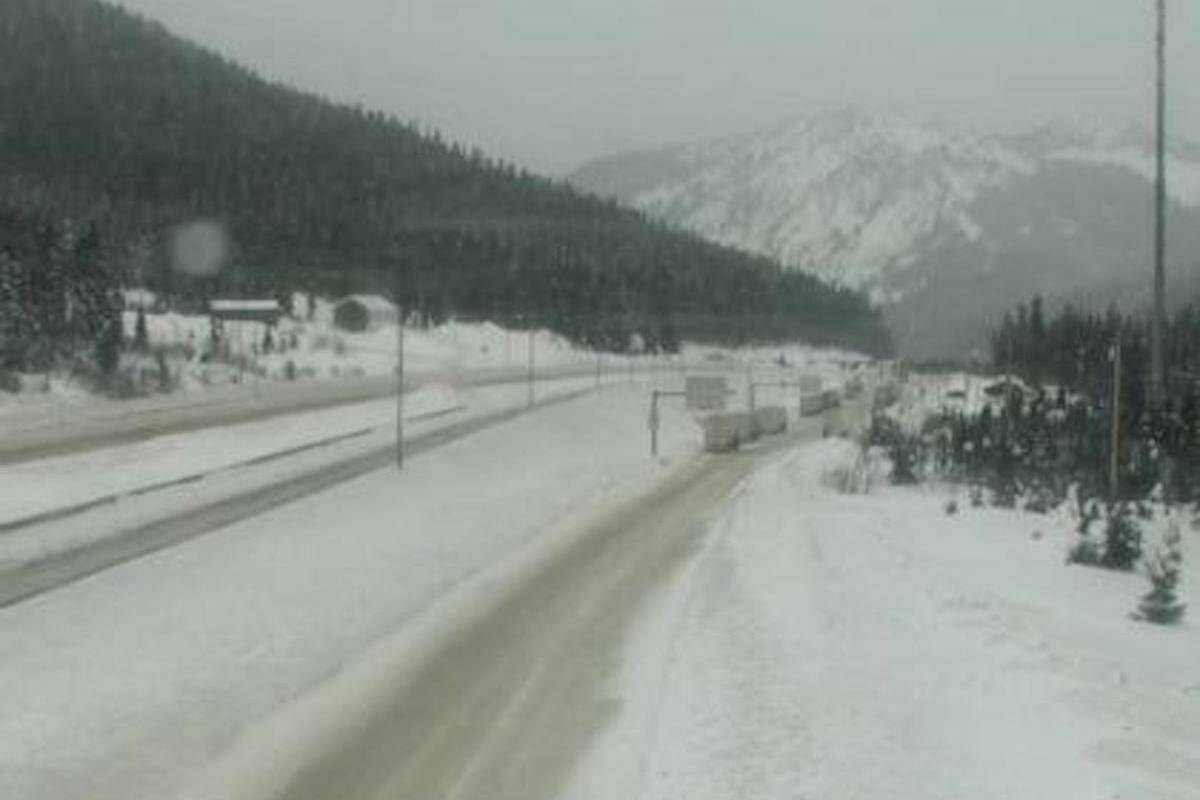Coquihalla weather cameras provide crucial real-time weather information for drivers navigating the challenging Coquihalla Highway. These cameras, strategically positioned along the route, offer valuable insights into ever-changing mountain conditions, impacting travel safety and efficiency. Understanding the data these cameras provide is key to safe and informed travel decisions on this vital transportation artery.
The system encompasses multiple camera locations, each covering a specific segment of the highway. Data gathered, including temperature, precipitation, and visibility, helps transportation authorities make informed decisions regarding road maintenance and potential closures. Drivers benefit from this readily available information, allowing them to adjust their travel plans accordingly and mitigate risks associated with adverse weather.
Coquihalla Highway Weather Camera System
The Coquihalla Highway, a vital transportation artery in British Columbia, Canada, experiences diverse and often challenging weather conditions. A network of strategically placed weather cameras provides real-time visual data, significantly improving safety and efficiency for drivers and transportation authorities. This article details the system’s capabilities, impact, and technological underpinnings.
Coquihalla Highway Weather Conditions

The Coquihalla Highway’s weather is highly variable due to its mountainous terrain and significant elevation changes. The weather cameras capture a wide range of conditions throughout the year, from intense snowfall and freezing rain in winter to scorching summer heat and occasional heavy rainfall. Elevation plays a crucial role, with higher altitudes experiencing colder temperatures, more snowfall, and increased likelihood of fog and icy patches, even when lower elevations are relatively clear.
Cameras positioned at different points along the highway reveal contrasting conditions. For example, a camera at a lower elevation might show rain while a camera higher up displays heavy snowfall. This disparity emphasizes the importance of real-time, location-specific weather information for safe navigation.
| Month | Average Temperature (°C) | Average Precipitation (mm) | Notes |
|---|---|---|---|
| January | -5 | 150 | Heavy snowfall, potential for ice storms. |
| February | -3 | 120 | Continued snowfall, risk of avalanches. |
| March | 2 | 100 | Melting snow, potential for flooding in lower elevations. |
| April | 6 | 80 | Spring showers, occasional snowfall at higher elevations. |
| May | 10 | 60 | Generally milder weather, but still possible showers. |
| June | 15 | 40 | Warm and dry conditions, but thunderstorms possible. |
| July | 18 | 30 | Hottest month, potential for wildfires. |
| August | 17 | 40 | Warm temperatures, occasional thunderstorms. |
| September | 12 | 70 | Cooler temperatures, increased rainfall. |
| October | 7 | 100 | Early snowfall possible at higher elevations. |
| November | 2 | 120 | Increasing snowfall, icy conditions. |
| December | -2 | 140 | Heavy snowfall, significant risk of icy roads. |
Camera Locations and Coverage
The Coquihalla weather cameras are strategically positioned at various points along the highway, encompassing key elevation changes and vulnerable sections. Each camera covers a specific geographical area, providing comprehensive coverage of the highway’s length. However, limitations exist due to the mountainous terrain and the cameras’ fixed positions. Blind spots might occur in areas obscured by hills or sharp curves.
A detailed map would show the locations of each camera, indicated by a marker, with a shaded area representing the approximate coverage of each camera’s field of view. Overlapping coverage areas would be evident where multiple cameras provide redundant coverage for increased reliability.
Impact on Drivers and Transportation

Real-time weather information from the Coquihalla cameras is critical for driver safety and efficient transportation management. Adverse weather significantly impacts traffic flow and travel times, leading to delays, accidents, and potential road closures. Heavy snowfall, for instance, can create hazardous driving conditions, reducing speeds and increasing stopping distances. Freezing rain can lead to extremely slippery roads, making even slow driving hazardous.
Transportation authorities use the camera data to monitor conditions, deploy snowplows and sanding trucks, and make informed decisions regarding road closures or travel advisories. This proactive approach minimizes disruptions and enhances overall safety.
- Check weather forecasts before traveling.
- Ensure your vehicle is equipped for winter driving (winter tires, chains, etc.).
- Maintain a safe following distance.
- Reduce speed in adverse conditions.
- Be aware of potential hazards like black ice and reduced visibility.
- Avoid unnecessary travel during severe weather events.
Technological Aspects of the System
The Coquihalla weather camera system utilizes high-resolution cameras equipped with advanced image sensors capable of capturing clear images even in low-light or adverse weather conditions. Data transmission is achieved through a reliable network infrastructure, ensuring near real-time delivery of images to monitoring stations and online platforms. Image processing techniques are employed to enhance visibility in various conditions, such as adjusting brightness, contrast, and sharpness to improve the clarity of images affected by fog, snow, or rain.
The system is comparable to those used in other mountainous regions globally, although the specific technological choices may vary based on factors like budget, terrain challenges, and environmental conditions. Future improvements could involve the integration of advanced sensors (e.g., temperature, wind speed, visibility) to provide more comprehensive weather data and the use of AI-powered image analysis for automated hazard detection.
Visual Representation of Data, Coquihalla weather camera
The cameras capture a range of weather phenomena. Imagine a scene of dense fog rolling across the highway, significantly reducing visibility, contrasted with a clear sunny day showcasing the majestic mountain scenery. Heavy snowfall might blanket the highway, obscuring road markings, while a heavy downpour might reduce visibility and create hazardous driving conditions. The transition from these conditions to clear skies would be a dramatic change captured by the cameras.
A website or mobile app could display a series of live camera feeds arranged geographically along the highway. Each feed would be accompanied by real-time data such as temperature, precipitation, and wind speed. An overlay could indicate road conditions, highlighting potential hazards. A hypothetical scenario might involve a sudden increase in snowfall at a specific location, triggering an automated alert to drivers in the area, warning them of hazardous conditions ahead.
The Coquihalla weather camera system stands as a testament to the importance of technological advancements in enhancing road safety and improving transportation efficiency in challenging terrains. By providing real-time data and improving situational awareness, these cameras contribute significantly to safer journeys for all drivers utilizing the Coquihalla Highway. Continued advancements in technology promise to further enhance the system’s capabilities, offering even greater levels of precision and reliability in the future.
FAQ Corner: Coquihalla Weather Camera
How often are the Coquihalla weather camera images updated?
Update frequency varies but generally aims for frequent updates, often several times per minute, depending on network conditions and system capabilities.
Monitoring the Coquihalla Highway’s weather conditions often requires quick, clear images. A reliable weather camera provides crucial data, and for capturing those critical details, a high-quality camera is essential. Many photographers swear by the image quality of the fujifilm x100v , making it a top choice for such applications. The resulting images from the Coquihalla weather camera would benefit greatly from this level of detail and clarity.
Are the cameras operational 24/7?
Monitoring the Coquihalla Highway’s challenging weather conditions often relies on strategically placed weather cameras. These cameras provide vital information for drivers, but imagine the added layer of complexity if, for example, unidentified aerial vehicles, such as the shahed drone , were to interfere with these crucial visual feeds. The impact on transportation safety would be significant, highlighting the need for robust surveillance and countermeasures to ensure the reliable operation of the Coquihalla weather camera network.
Yes, the cameras are designed for continuous operation to provide uninterrupted monitoring of weather conditions.
What happens if a camera malfunctions?
There are likely redundancies and monitoring systems in place. Malfunctions are typically addressed promptly through maintenance and repair procedures.
Where can I access the Coquihalla weather camera feeds?
The feeds are typically accessible through the relevant transportation authority’s website or mobile application. Specific details can be found through online searches.
